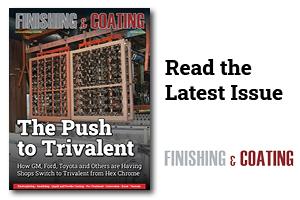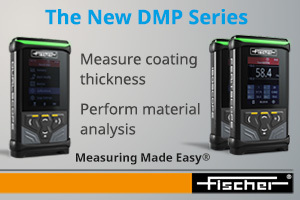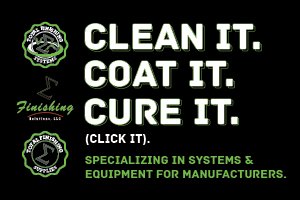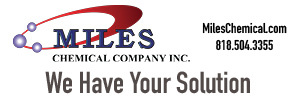Suzuki Motor Corporation has developed a new technology that applies a corrosion-resistant anodizing treatment that can withstand high temperatures on the engine components of outboard motors, including the cylinder block, cylinder head, and crankcase.
The treatment was adopted to some specifications of the DF140B in August 2024, a first for mass-production models. It will progressively be adopted to other models’ specifications as well.
“The technology that we have adopted in Suzuki's outboard motors not only enhances product quality through improved corrosion resistance but also contributes to carbon neutrality by reducing CO2 emissions during manufacturing,” says Shuichi Mishima, Executive General Manager, Marine Operations. “This is a world-first technology for mass-produced outboard motors.”
Mishima says it has taken on the challenge of developing new technologies, such as Team Suzuki, and has successfully developed an anodizing treatment for mass-produced engine parts.
“Moving forward, we will continue to work together as a company to advance outboard motor technology and develop products that will delight our customers,” Mishima says.
Outboard motors pump large amounts of water, such as seawater, to cool the engine. This makes corrosion prevention treatments for the cooling water passages vital. Suzuki's technology improves corrosion resistance against seawater by uniformly applying anodizing to the engine components that come in contact with the cooling water.
Additionally, this new technology contributes to carbon neutrality by reducing CO2 emissions by approximately 50%, compared to conventional corrosion resistance surface treatment processes.
Key Features of the New Technology
Improved Corrosion Resistance through Anodizing Treatment: Anodizing involves immersing aluminum in an electrolytic solution and passing an electric current through it to create a porous layer on the surface. The formation of an aluminum oxide coating enhances corrosion resistance. By innovating the immersion process to prevent air pockets, we can now uniformly treat the complex shapes of cooling water passages.
Enhanced Heat Resistance through Low-Temperature Sealing Treatment with Metal Hydrates: the coating generated by anodizing can crack when exposed to very high temperatures, reducing corrosion resistance, making it unsuitable for engine components that can reach extreme temperatures. By employing a low-temperature sealing treatment using metal hydrates to close the fine pores on the surface, we have established a sealing method for anodized surfaces that maintains corrosion resistance even when exposed to temperatures of 300 degrees Celsius. This method is the first for mass-produced outboard motor engine components.
Sealing Technology to Prevent the Cast Iron Sleeve from Contacting the Electrolytic Solution: If the cast iron sleeve integrated into the cylinder block comes into contact with the electrolytic solution, it can pit due to electrolysis, resulting in defective products. Therefore, we have developed a sealing technology using a dedicated jig to prevent this. This technology is currently under patent application.
Contribution to carbon neutrality through CO2 reduction during manufacturing: conventional surface treatments to enhance the corrosion resistance of cooling water passages involve chemical treatment followed by painting. By switching to anodizing treatment, we can eliminate this process. This change removes the need for energy consumption associated with drying and baking the paint, resulting in approximately a 50% reduction in CO2 emissions compared to conventional treatment methods.



































